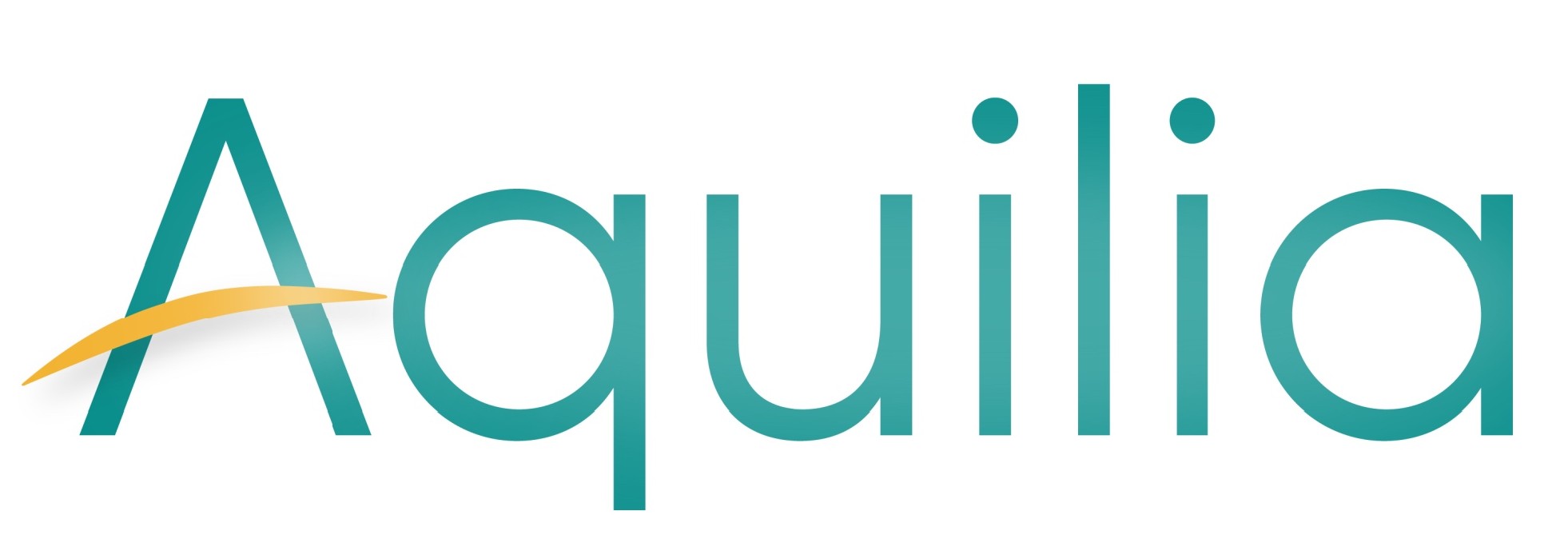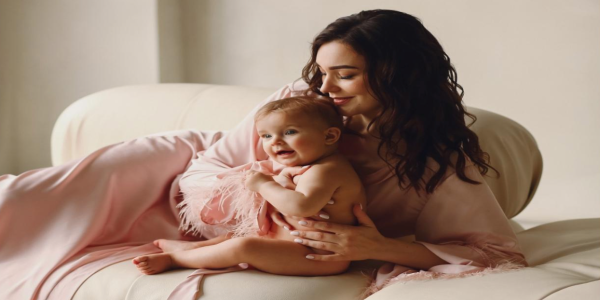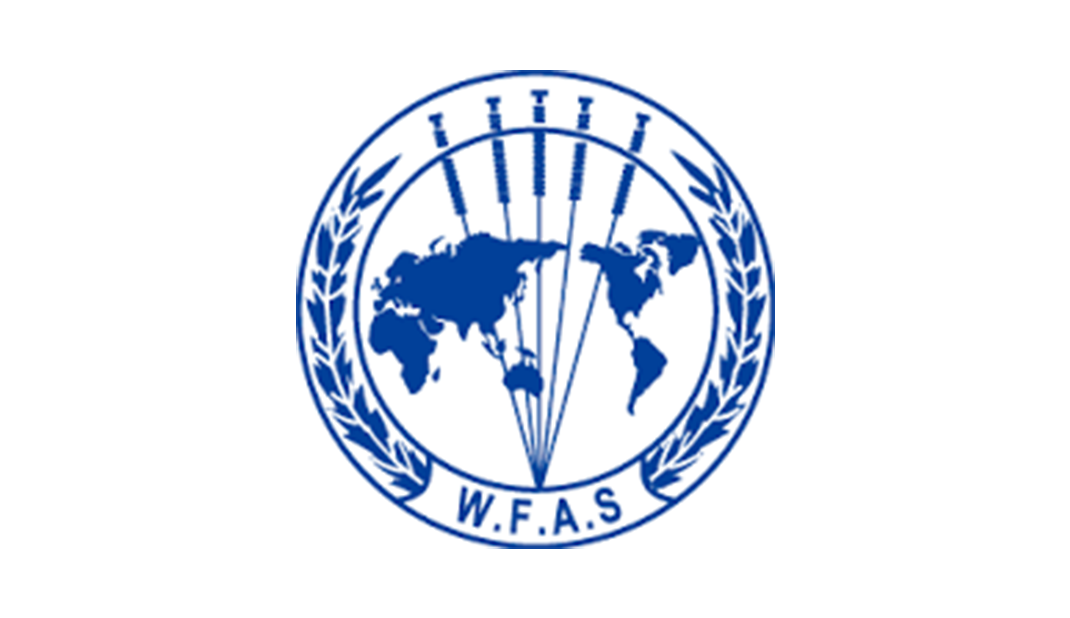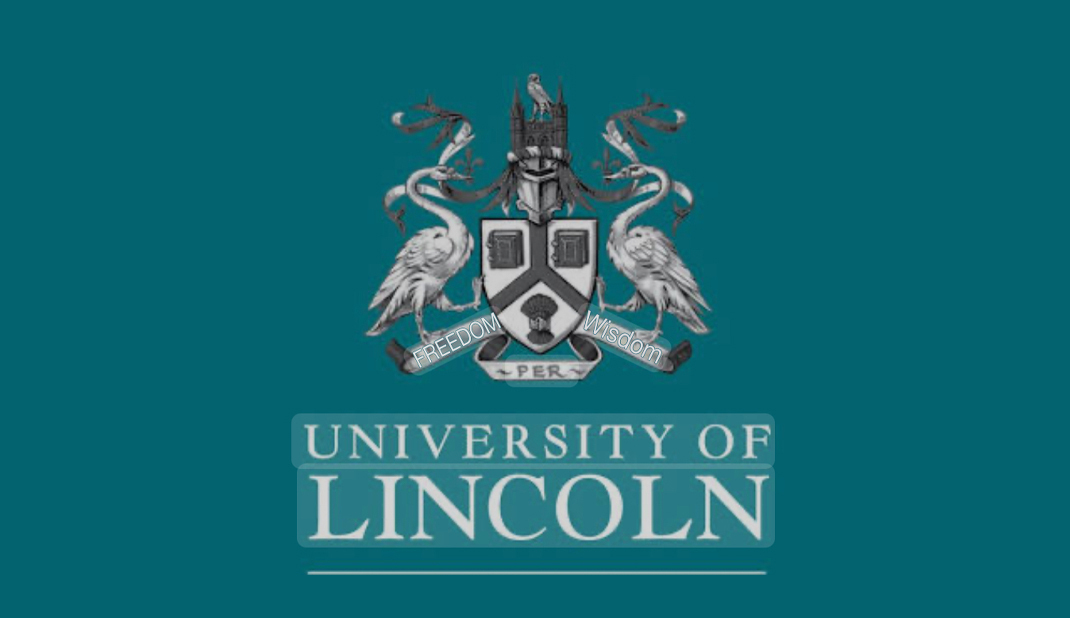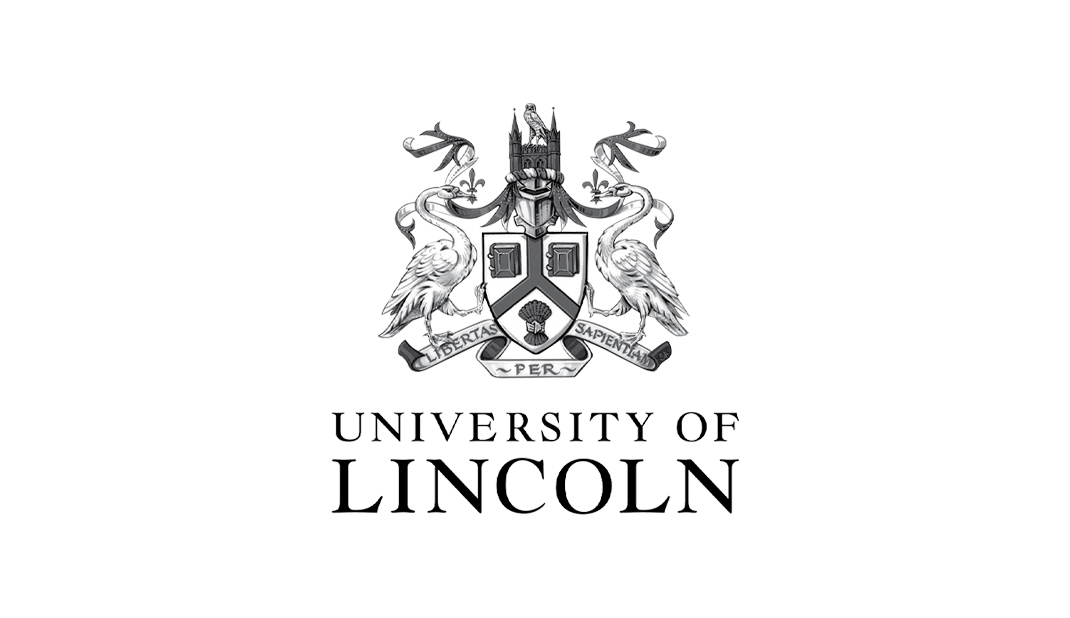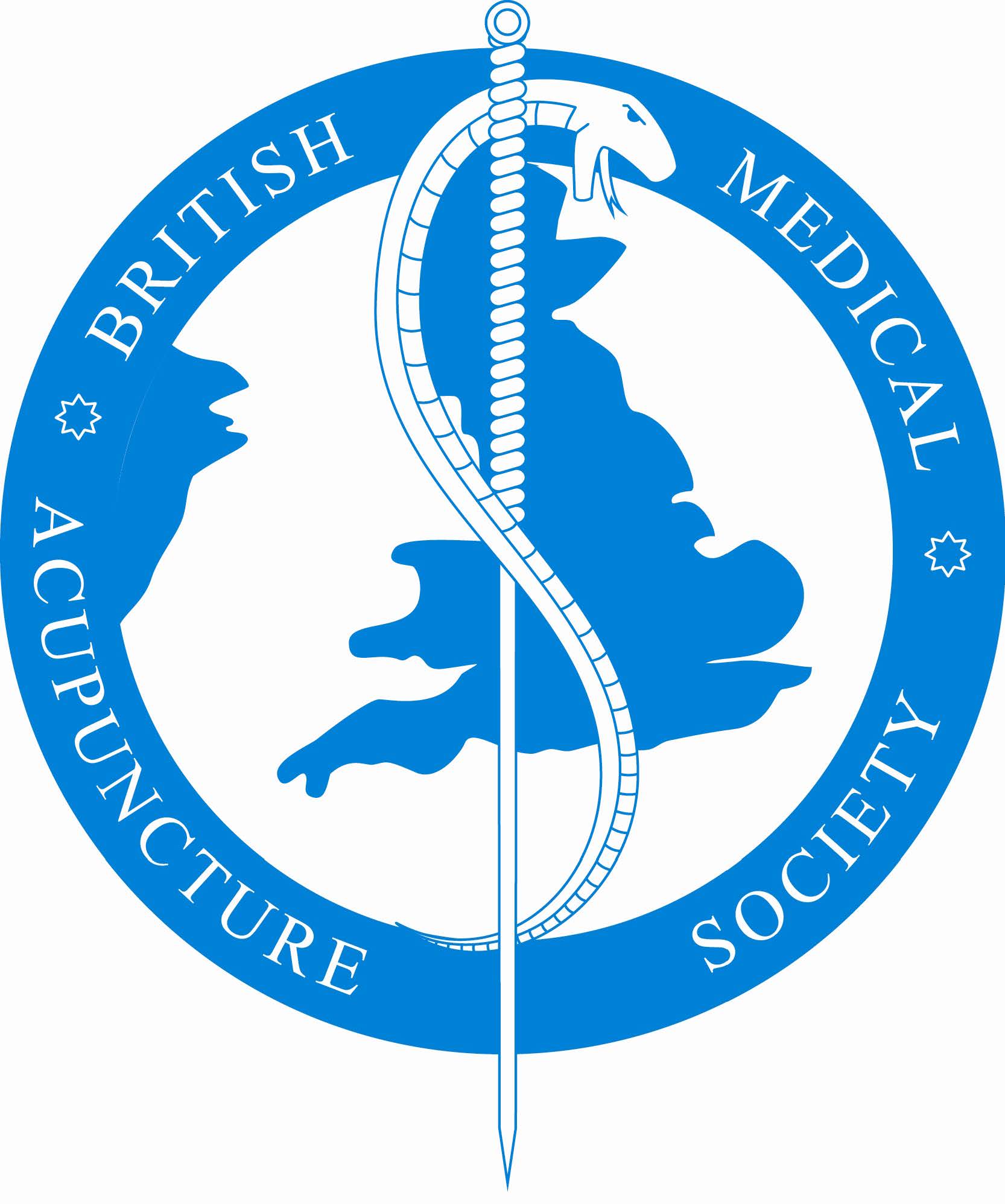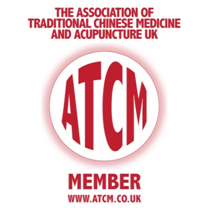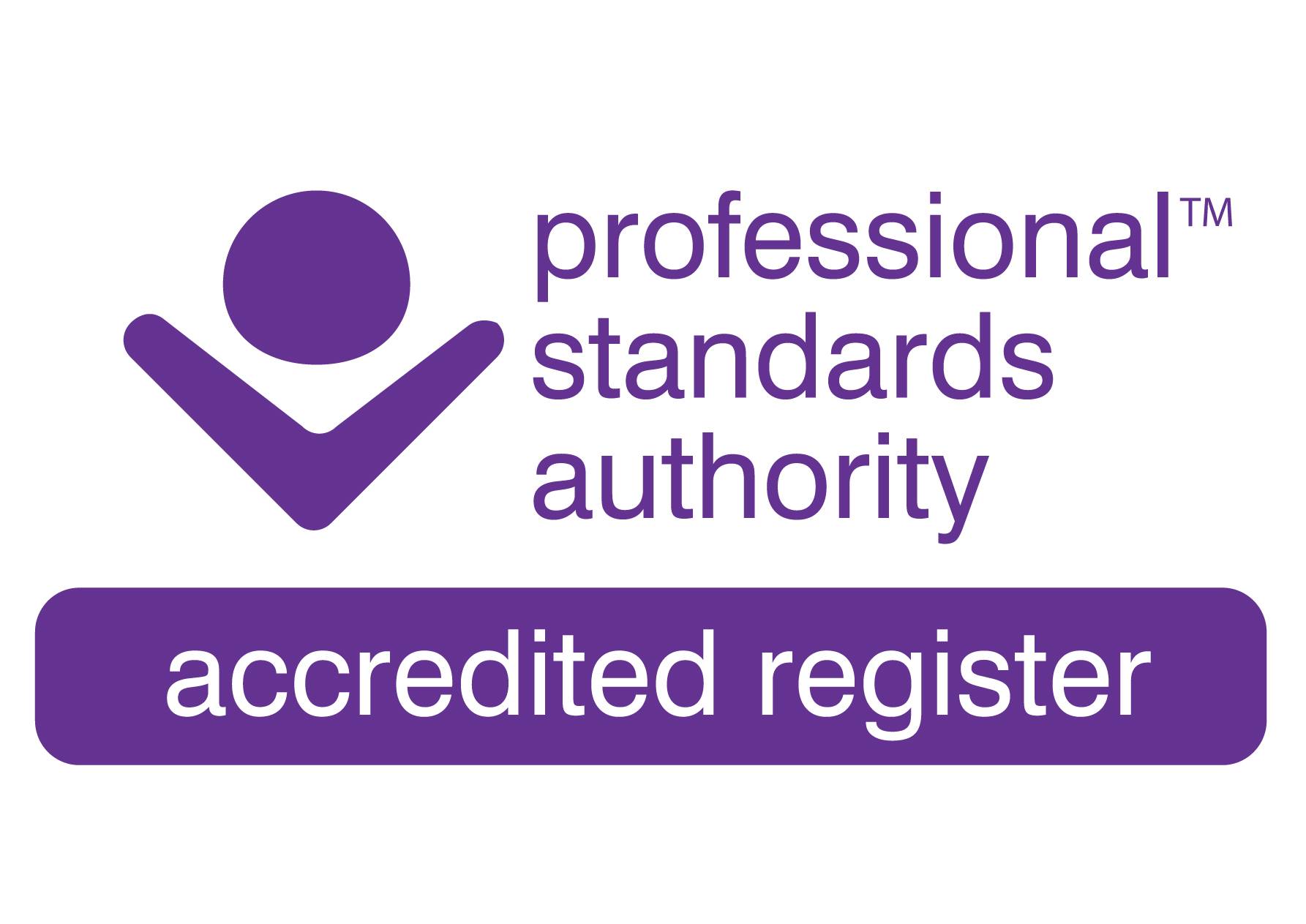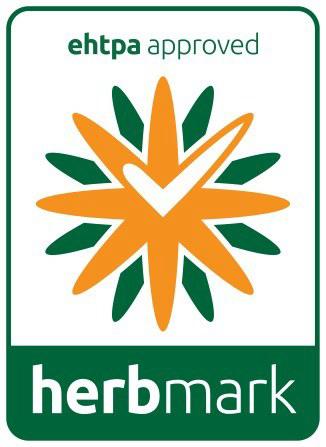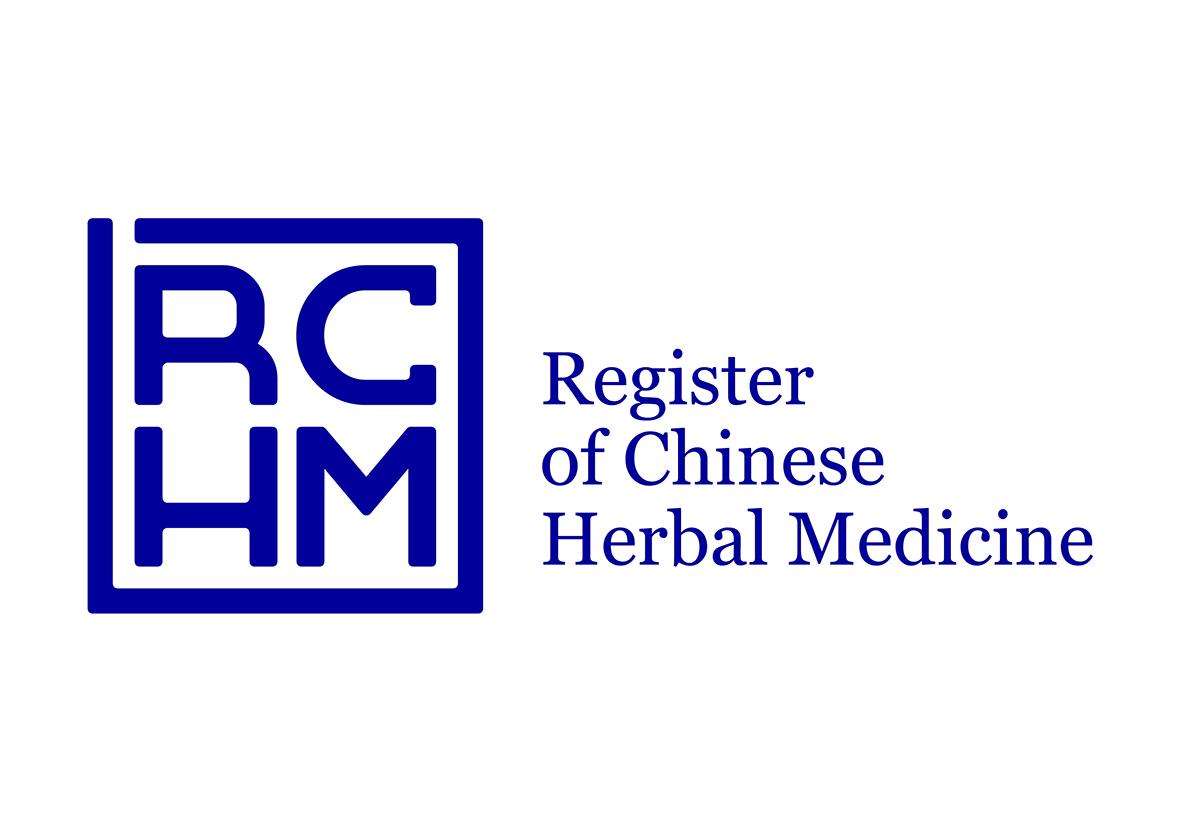Summary
A retrospective cohort study finds an association between acupuncture and increased birth rates after a fresh embryo transfer. This indicates that when women had acupuncture during ovarian stimulation, they had more babies compared to the women who did not have acupuncture.
The scientists concluded that acupuncture might be best recommended as a valuable and promising treatment for women alongside their IVF cycle.
The retrospective cohort design
The new retrospective cohort study is of interest and essential, as it investigates the birth rates of women who had acupuncture during ovarian stimulation following a fresh embryo transfer.
The study uses real-world data from two fertility hospitals with extensive electronic medical record systems, which do not exist in the UK. Therefore, this study is uniquely placed and able to provide a comprehensive overview of the outcomes for women undergoing IVF.
One of the most notable aspects of this research is its inclusivity, involving women aged 20 to 45. Older women are often underrepresented in randomised controlled trials. This broader approach makes the findings more applicable to the diverse population seeking reproductive assistance in today’s real-world settings.
The study included a total of 3648 women (n=1824 in the acupuncture group and n=1824 in the non-acupuncture group).
The acupuncture treatment was found to focus on the ovarian stimulation phase, rather than during embryo transfer and the endometrium-embryo interaction.
Sophisticated statistics (propensity score matching, inverse probability weighting, covariate adjustment, and multivariate logistic regression) add to the strength of this cohort study design’s findings.
Standardising acupuncture treatment
The use of standardised interventions at specific phases of IVF, such as ovarian hyperstimulation, is likely to appeal to practitioners aiming to provide an evidence-based, replicable approach using experimental acupuncture treatment protocols.
On average, women in this study were found to have had four acupuncture sessions. This retrospective cohort study affirms what we already know: starting acupuncture during ovarian stimulation can still benefit women. More complex fertility cases and women facing repeated implantation failure are likely to require additional acupuncture treatment.
Acupuncture intervention
All women underwent ovarian stimulation according to prescribed hospital protocols and proceeded to a fresh embryo transfer. The acupuncture treatment aimed to improve ovarian response; although not diagnostic-specific, it was partly based on traditional Chinese medicine principles, focusing on nourishing qi, blood, yin, and jing, as well as regulating and invigorating qi and blood. The alternate set 2 of acupuncture points manages heat in the lower jiao from stagnation, tonifies the kidney and spleen, and expels damp-cold in the uterus, etc (See Table 1).
| Table 1. Acupuncture treatment that was used in the hospital setting for non-pharmacological support during controlled ovarian hyperstimulation during a fresh cycle of IVF. | |
| Set 1 | Set 2 |
| Ren12, Kid16, Gb26, Ren7, Ren4, Kid12, EX-CA1 Zigong, St36, Sp6, Liv3. | Gb23, Gb25, Gb32, Kid3. |
The acupuncture protocols did not fully consider disease complexities specific to individual diagnosis or patterning. However, the acupuncture points were selected to support the ovaries alongside pharmacological therapy.
The analyses revealed that women who received acupuncture during ovarian hyperstimulation experienced higher live birth rates and had more babies compared to those who did not receive acupuncture. The researchers also emphasise that acupuncture was not associated with any serious adverse events.
Future acupuncture research
I would like to see more research emphasising the importance of real-world data, such as this cohort study, yet with researchers thinking carefully about the proposed future randomised controlled trial design. A pragmatic trial design, incorporating Chinese medicine diagnosis and treatment plans that reflect the reality and complexity of clinical environments, is most welcome.
Randomised controlled trials are effective when carefully designed and executed; we need fewer sham, placebo-like acupuncture controls that then become dose trials and are underpowered. For more information on acupuncture for IVF, please visit our dedicated research page, where I critically evaluate the evidence base and provide recommendations for future trials. Research is not just “controversial” as described by the authors here; research is relative to design, controls and intervention.
Limitations of a retrospective cohort study
In this cohort study, although advanced statistical methods are employed to adjust for covariates and ensure group balance, the authors recognise that there remains a potential for bias due to the study design’s inherent limitation when compared to a prospective cohort study or a randomised controlled trial. All research has its limitations, and is prone to bias as well as the prospective cohort, and the traditional double-blind, randomised controlled trial.
Great things about this retrospective cohort study
This retrospective cohort study was noteworthy as data were collected from fertility centres in hospitals focusing on women’s health. Two groups were formed: one of women undergoing IVF with acupuncture and another of women receiving IVF without acupuncture, and this study did not include a biologically active placebo as a control. The data were analysed to determine which group of women had more babies.
Study findings
The scientists concluded that acupuncture is a valuable and promising adjunct therapy for women undergoing fresh embryo transfer. Acupuncture was found to improve IVF outcomes and birth rates when used alongside IVF protocols.
Please note that all material on this website is protected by copyright. For more information or to request permissions under copyright law, please get in touch with Lianne Aquilina.
Referenced Article In Press
X-y. Zheng, Z-y. Jiang, Y-t. Li, C-l. Li, H. Zhu, Z. Yu, S-y. Yu, L-l. Yang, S-y. Tang, X-y. Lü, F-r. Liang, J. Yang, Association between acupuncture and live birth rates after fresh embryo transfer: A cohort study based on different propensity score methods, Journal of Integrative Medicine (2025), doi:https://doi.org/10.1016/j.joim.2025.06.007
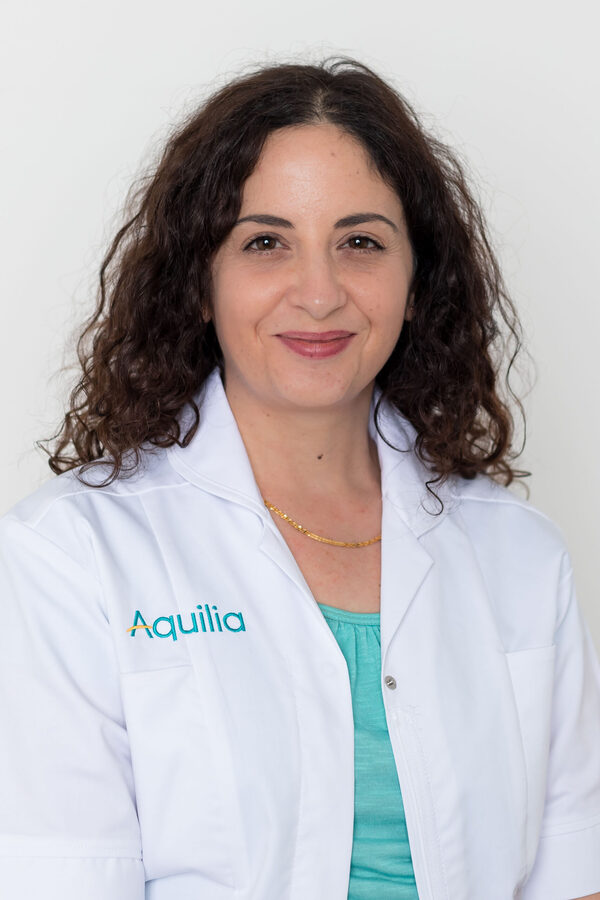
Lianne Aquilina RDN, Dip Ay, BSc Hons, MSc, PGDip, MBAcC, MATCM, MAAC, MBMAS, MRCHM
Director of Aquilia Acupuncture
Acupuncturist, Researcher
This is an opinion piece outlining a new cohort study in press that examined the link between acupuncture during ovarian hyperstimulation and live birth rates.
Lianne holds a specialised Master of Science in Applied Health Research from the University of York. She has over twenty years of experience as an acupuncturist and has served as a visiting guest lecturer on acupuncture for IVF and the critical appraisal of research. Lianne is a trustee of the Research Council for Complementary Medicine UK. She contributed to the European Society of Human Reproduction and Embryology (ESHRE) guidelines on the number of embryos to transfer during IVF/ICSI. She is an independent UK expert in research. She is coauthor of the best-selling international textbook for acupuncturists, “Acupuncture for IVF: An Integrated Approach to Treatment Management.”


